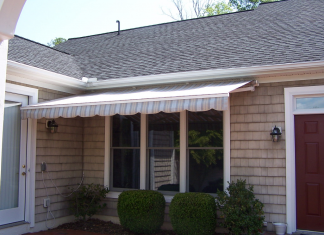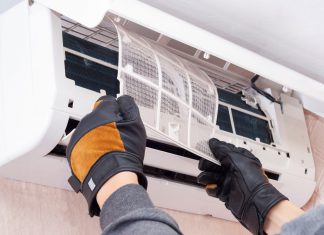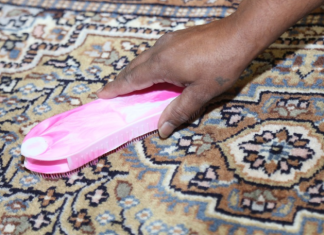In the age of DIY home renovations, there’s a lurking health risk that reveals itself whenever you decide to tear your houses down for improvement and upgrades. It’s in the form of fibrous material called the asbestos.
What Is Asbestos, Really?
Asbestos is a highly effective yet cheap fire-resistant material that was widely used in home construction from the early 40s up to the 70s. Back then, asbestos was the best choice for thermal and acoustic insulation because it’s inexpensive, strong, incombustible and obviously, heat resistant.
This material was applied to steel beams, columns and other areas of the house to keep it fire-proof. Because of it’s undeniably good qualities, it was later added to these household materials:
- concrete
- asphalt
- vinyl materials in roof shingles
- pipes
- siding
- wall board
- floor tiles
- joint compounds
- adhesives
Make no mistake, though. Asbestos may not sound dangerous or risky at all. But thousands of breathable dust and fibers of this material can lead to lung diseases and other health hazards. In this piece Greenlight Services will tell you why it’s not advisable to to do DIY renovations if your house is built with asbestos.
How It Affects You
Generally, asbestos that’s in good condition will not be able to release thousands of fibres that you might inhale. But it becomes tricky when it’s damaged over time. It suddenly poses a big health risk if the material crumbles when hit, rubbed, or exposed to extreme vibration coming from power tools. That sounds like home renovation, doesn’t it?
Once this material is disturbed by grinders, water blasters, or drills, it will release thousands of dust and tiny fibers that you might inhale. These asbestos fibers can aggravate lung tissues and can result in long-term lung inflammation and scarring.
While DIY renovation is economical, this is not your best choice when you know your home is built in the 70s and is filled with asbestos. Or worse, when you actually don’t know whether your house got the asbestos or not and you start tearing the walls down without any precautions.
Health Risks
Exposure to asbestos is an easy ticket to a lot of health issues. And there are three primary diseases that are linked to inhalation of asbestos fibres: asbestosis, lung cancer, and mesothelioma.
Asbestosis is no joke. It’s the scarring of your lungs caused by the asbestos fibres you accidentally inhaled. Because of this scarring, breathing is restricted and you will experience shortness of breath. And once this happens, not enough oxygen will enter your bloodstream that’s badly needed by your organs.
If not detected in its early stage, asbestosis can even lead to cardiac failure.
The next one is lung cancer. Yes you can have lung cancer even though you don’t smoke tobacco. If you’re exposed to asbestos and inhale a good amount of its fibres, these microscopic dusts will lodge in your lung tissue and can cause enough genetic and cellular damage to your lung cells and turn them into cancerous cells.
Lastly, mesothelioma. It’s a rare form of cancer that happens in the membrane lining of the chest, abdomen, lungs, or heart. It’s not the same as lung cancer because mesothelioma doesn’t develop in the lungs itself but in the linings instead.
If you have this disease, you are most likely to experience symptoms like chest pains and shortness of breathing. Unfortunately, this cancer can only be detected once it has already spread and patients diagnosed with it are given about 12 months life expectancy after diagnosis.
Aside from the three main diseases mentioned above, asbestos can also cause skin warts.
What You Can Do
It’s not really advisable to remove the asbestos in your home all by yourself. After all the health risks that we’ve laid out above, we hope that you’re postponing that DIY home renovation you’ve scheduled.
If you really want that house all spruced up and you’re worried sick about the asbestos, you can call in the experts like Greenlight Services to check your house and they can conduct a survey and report directly to you. Whether it’s a bungalow type of house or a three-story building, they can assess conditions and take samples for testing. After that, they’ll give the expert advice about what’s needed to be done.













